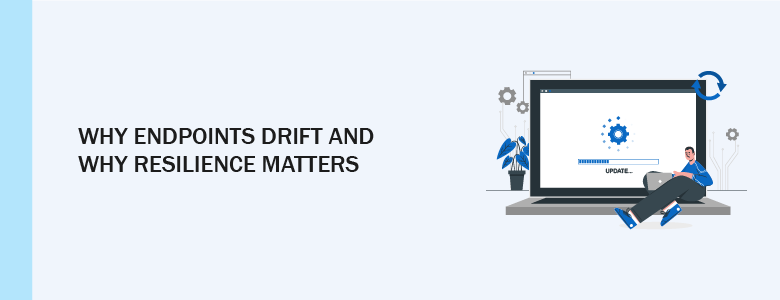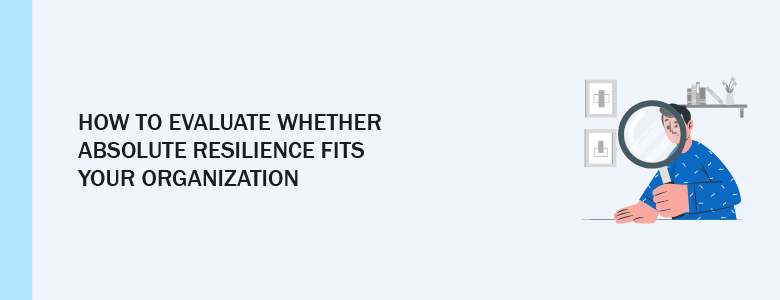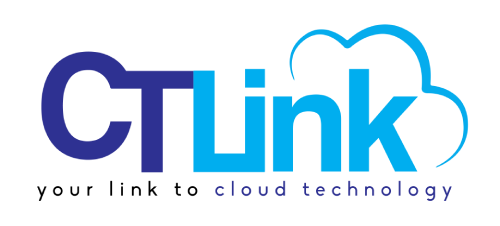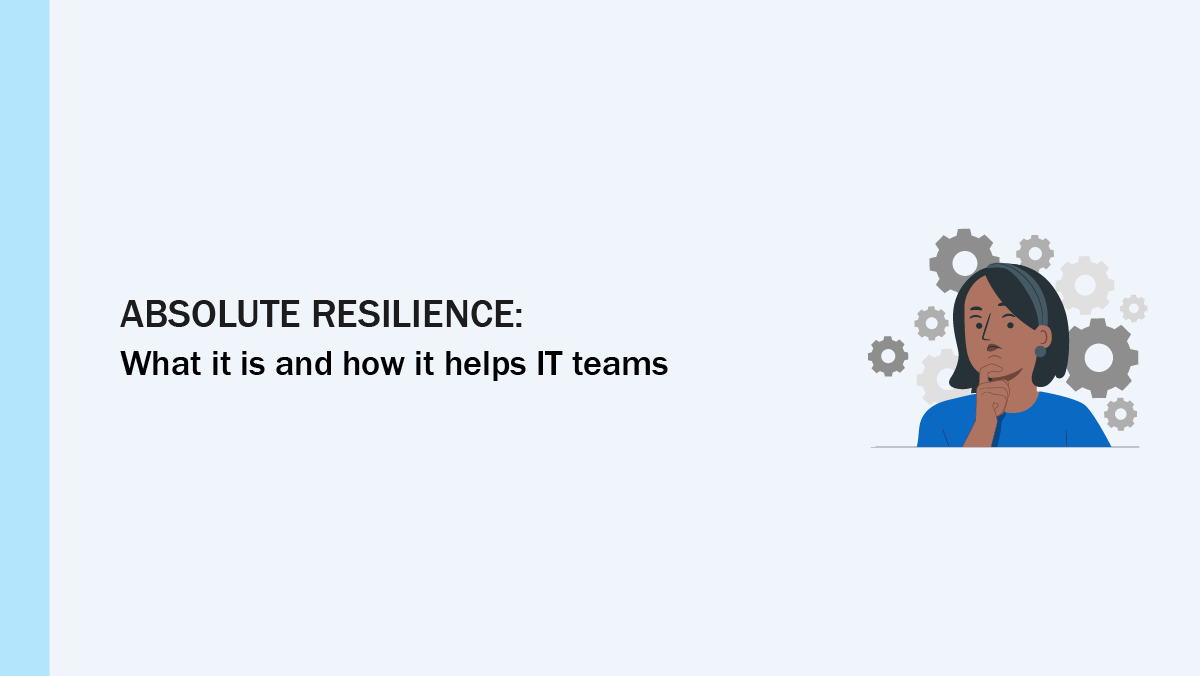Most IT teams know the feeling: a salesperson in the field can’t open a report because a security agent stopped during an automatic update, a contractor falls out of the patch cycle, or the help desk spends the day reinstalling agents instead of fixing real problems. Those little failures pile up, frustrate users, and create blind spots that attackers can exploit.
Absolute Resilience addresses those issues with three practical layers. First, firmware-based persistence on supported devices keeps a lightweight connection alive so machines can still be reached after an OS reinstall or disk replacement. Second, application self-heal watches important security and business apps and can repair or reinstall them automatically when they fail. Third, cloud orchestration ties together telemetry, patching, and recovery actions so fixes can be automated and tracked. Together these layers mean fewer manual rebuilds and clearer signals for security and operations teams.
Why endpoints drift and why resilience matters

Devices are not static. Everyday actions can change how they behave: an automatic Windows update, a new piece of software, or a repair job can stop a security agent from running. Often no one notices right away because the device still appears in inventory, yet the tools that protect and report on it are not working.
Imagine a laptop that updates overnight. The update changes a service name, and the security agent does not restart. To the help desk it looks like the laptop is online, but analysts do not get the telemetry they need to investigate alerts. That gap slows response and gives attackers more time to act. Data from large breach studies shows that unpatched systems and missed remediation are common ways attackers gain access.
Resilience helps here by making recovery simpler and faster. Instead of rebuilding the machine or reinstalling agents by hand, resilience tools check for broken protections and fix them automatically when possible, or provide a clear playbook for the team to follow. That reduces downtime for users and cuts the time IT spends on routine repairs.
1) Always-on visibility that survives reimaging
Absolute’s persistence technology is firmware-embedded on many OEM devices, so it can maintain a connection even if the OS is reinstalled or the disk is replaced. That means visibility into endpoints that otherwise look offline, helping teams find devices and confirm their security posture. This persistence underpins resilience capabilities that other tools cannot guarantee.
2) Application self-heal and automatic remediation
Application Resilience monitors critical security and business applications and automatically repairs or reinstalls them if they fail. For security teams, this reduces the window where protection is missing because an agent stopped running or was removed. The platform also includes a catalog of supported apps so teams know which controls can be healed automatically.
3) Patch, remediate, and recover workflows in the same platform
Recent updates to the Absolute Resilience platform add integrated patching, automated remediation, and rehydrate workflows, all orchestrated from a cloud console. Those capabilities let teams remediate large classes of issues without manual reimaging, speeding mean time to recovery for many incidents. This is useful when rapid remediation matters more than full rebuilds.
4) Practical value for operations and service teams
For IT and managed service teams, Absolute Resilience reduces repetitive tickets by keeping mission-critical tools present and healthy. The platform is designed to integrate with UEMs, EDRs, and SIEMs so device signals feed investigations and automated actions reduce manual work. MSPs also use resilience features to enforce baseline security and simplify customer recovery processes.
How to evaluate whether Absolute Resilience fits your organization

Before running tests, start by asking whether your current pain points match what resilience is built to solve. A quick self-check helps decide if the investment is likely to pay off across people, process, and devices.
Ask these three simple questions:
- Are devices often outside easy to reach? If many endpoints are remote, in the field, or rarely connect to the corporate network, persistence and remote recovery are high-value.
- Do security or management agents fail or get removed frequently? If agents stop running after updates or user actions, self-heal and automated repair can close recurring gaps.
- Are manual rebuilds or lengthy troubleshooting common? If the team spends time reimaging or reinstalling agents, automated rehydrate and remediation workflows can reduce that load.
If you answered yes to those questions, a short inventory will show where resilience can help. Count the devices, note the apps that fail most often, and estimate how many hours your team spends fixing them each month. That simple view shows whether Absolute Resilience can cut work and risk, and if it looks promising, consider scheduling a consultation to discuss next steps.
Short examples of unexpected incidents Absolute Resilience can address:
- Malware that disables security agents. Some attackers try to stop EDR or other agents after they gain access, which leaves devices blind; resilience can restore agents so monitoring and defenses resume quickly.
- Accidental removals during updates or installs. An update or installer can corrupt or remove a protection agent; self-heal can reinstall it without a technician visit.
- Devices that drift offline. Field or contractor machines that rarely reach the corporate network can fall out of management; firmware persistence helps locate and rehydrate them when they reconnect.
If these examples match incidents you see, consider scheduling a consultation to discuss priorities and next steps.
Practical limits and where resilience fits in your security strategy

Absolute Resilience reduces operational risk, but it does not remove the need for solid processes. Self-heal works best for supported applications, while custom or legacy software may not be covered by the resilience catalog. Automation also needs guardrails, such as approval gates and rollback plans, so fixes do not cause unexpected changes or service disruptions.
Resilience delivers the most value in a few common situations, including:
- Distributed workforces and remote devices that are hard to reach physically.
- Environments where security agents are frequently tampered with or accidentally removed. Evidence from large breach studies shows post-compromise tampering remains a real threat.
- MSPs managing multiple customer estates where consistent baseline enforcement and quick recovery are important.
In a modern security stack, resilience complements detection and investigation tools. Use persistence and self-heal to keep endpoint signals reliable, then feed those signals into EDR and SIEM systems for correlation and alerting. NIST guidance on continuous monitoring recommends collecting prioritized telemetry and using it to inform decisions, which matches how resilience platforms improve endpoint health and investigation quality.
Resilience complements, rather than replaces, other controls. Combine persistence and self-heal with EDR detection and SIEM correlation so alerts are backed by reliable endpoint signals. NIST guidance on continuous monitoring recommends collecting prioritized telemetry and using it to drive decisions, which is exactly the role resilience systems play for endpoint health.
Interested in learning more about Absolute Resilience? Contact us at marketing@ctlink.com.ph to set up a consultation with us today!

